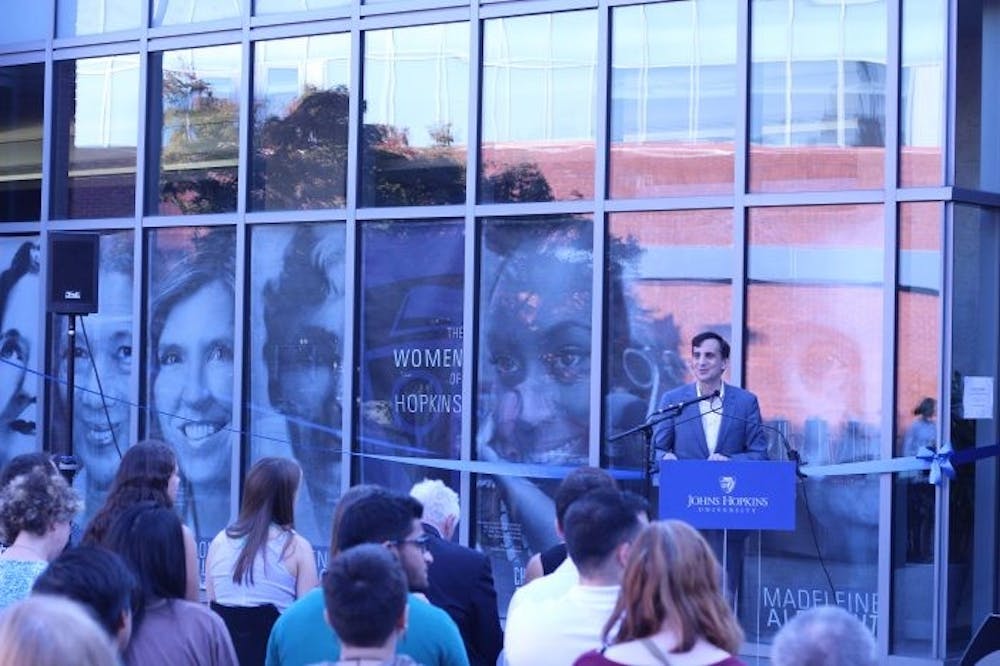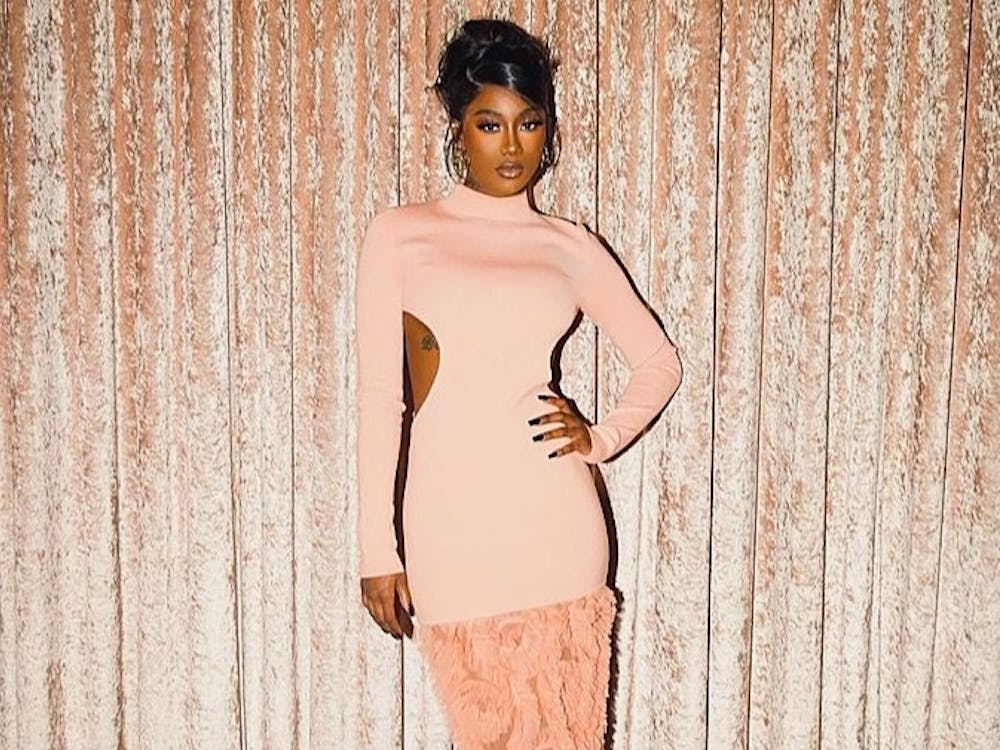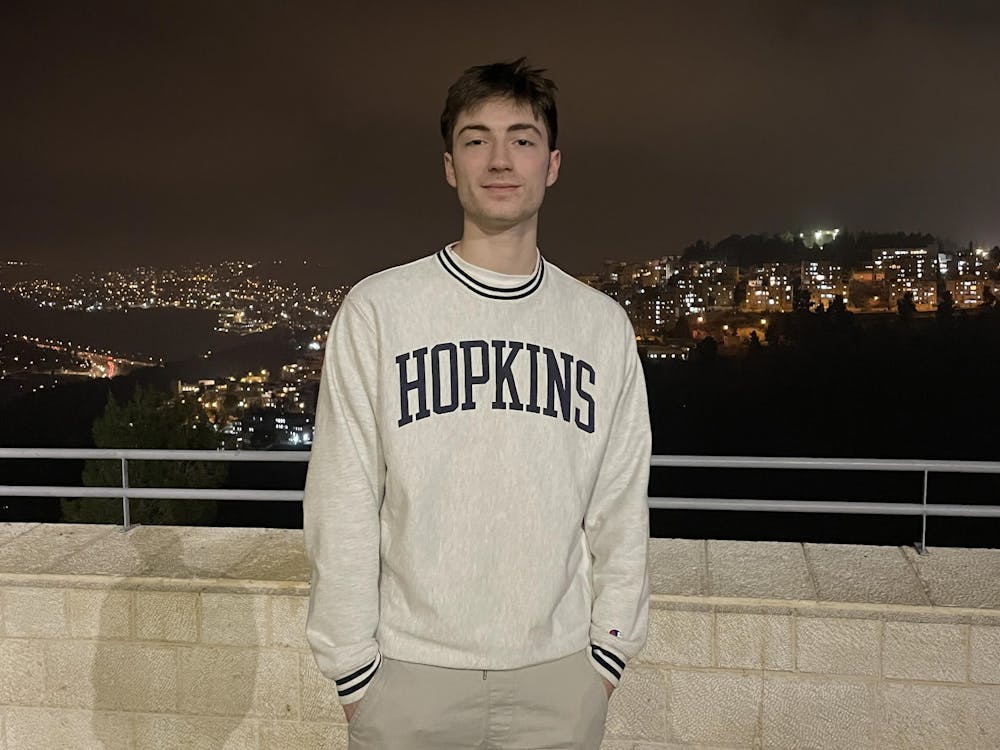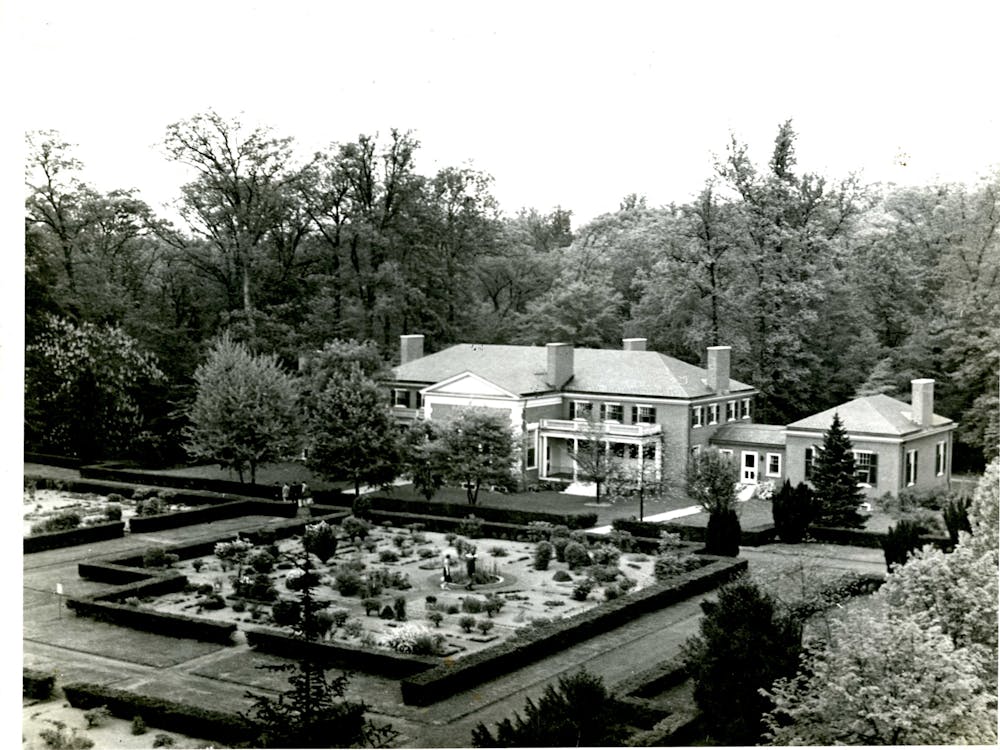The Committee on the Status of Women hosted a discussion on gender equity in Mudd Hall Atrium on Wednesday to review the Committee’s progress and brainstorm future initiatives to promote gender equity at Hopkins.
This past spring the Committee issued a report card on the Vision 2020, a report released in 2006 on the status of women at Hopkins. The report card detailed the specific recommendations that the Committee initially gave to the University.
It also noted goals Hopkins has fallen short of, stating that the Committee’s recommendation to “track a wide variety of essential human resources data relating to recruitment, promotion, retention, salaries, etc” has not yet been implemented.
Senior lecturer Anne-Elizabeth Brodsky opened the discussion.
“Tonight, we welcome your grand visionary ideas that will work toward building the academic environment we all seek,” Brodsky said. “We also welcome the smaller, practical, concrete, let’s-do-it-now ideas that takes steps to move us in that direction.”
After Brodsky’s opening remarks, faculty, staff and students divided into groups and had informal discussions. The groups sat at different tables, each of which were set up with a Vision 2020 project binder, a Vision 2020 project report card and documents related to their specific gender inclusivity topic.
Among the selected subjects were professional development, work-life mix, graduate student issues, the undergraduate experience, and faculty recruitment and retention.
After the discussions, a spokesperson from each table presented their table’s ideas to the crowd. Each group brought up points about the nuances of changing culture and creating equity.
The group on work-life mix brought up the issue of graduate students not having a designated advocate in their department. Rebecca Pearlman, a senior lecturer in the biology department, recommended that the graduate students in each department have representatives.
“The biology department does this,” Pearlman said. “I was surprised to hear that many others don’t.”
The graduate student issues group talked about the interplay between school-wide policies about diversity and inclusion and the specific rules of laboratories and departments. They asked how the University could unify all the tiny subcultures within the school.
The group also noted that, if money truly was the deciding obstacle to equity issues such as retention of faculty members, then the Committee should begin to figure out ways to convince Hopkins to spend more resources on these endeavors.
The table on faculty recruitment and retention talked about the need for more concrete data to shape policies about hiring procedures. This group stated that they are looking for information on what factors most often cause a faculty member to leave or not accept an offer.
Timothy Heckman, chair of the physics and astronomy department, agreed that the University had to develop more sophisticated data collection.
“Even some sort of basic question like ‘Is our rate of attraction of faculty different by gender?’” Heckman said. “That’s sort of a basic piece of data that I don’t know the answer to,” Heckman said.
In addition, the group emphasized the need for more faculty to undergo unconscious bias training. They felt such training would have the most immediate effect on the inclusiveness of our campus.
The group on student experience discussed representation in faculty and curriculum, safety and safety messaging, and the role of men on campus. They said that crime alerts were often vague and hoped that future alerts will be more specific about what students can do to keep themselves safe.
SGA Executive Vice President AJ Tsang echoed the group’s statement, saying that programs such as the Bystander Intervention Training Program were a “good first step” to changing the climate around gender equity issues.
He also hopes to see more improvement in retainingfaculty and hopes that faculty continue to be aware of how their own unconscious biases may manifest in their classroom. Tsang pointed out how many professors are white and male.
The group on professional development categorized their issues into topics of networking and leadership development. On the mentorship side, they wished that they had institutionalized mechanisms to meet each other. On the leadership development side, the group sought opportunities for meaningful leadership experience. They especially wanted such programming for non-tenure track faculty.
Each group agreed that in order to create the best solutions, they needed to be able to remove their personal biases.























Please note All comments are eligible for publication in The News-Letter.